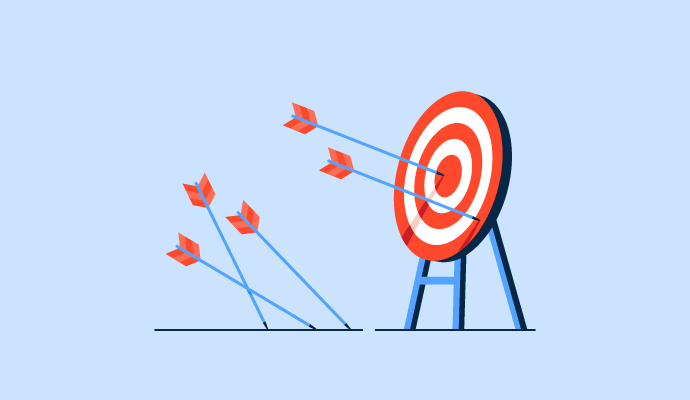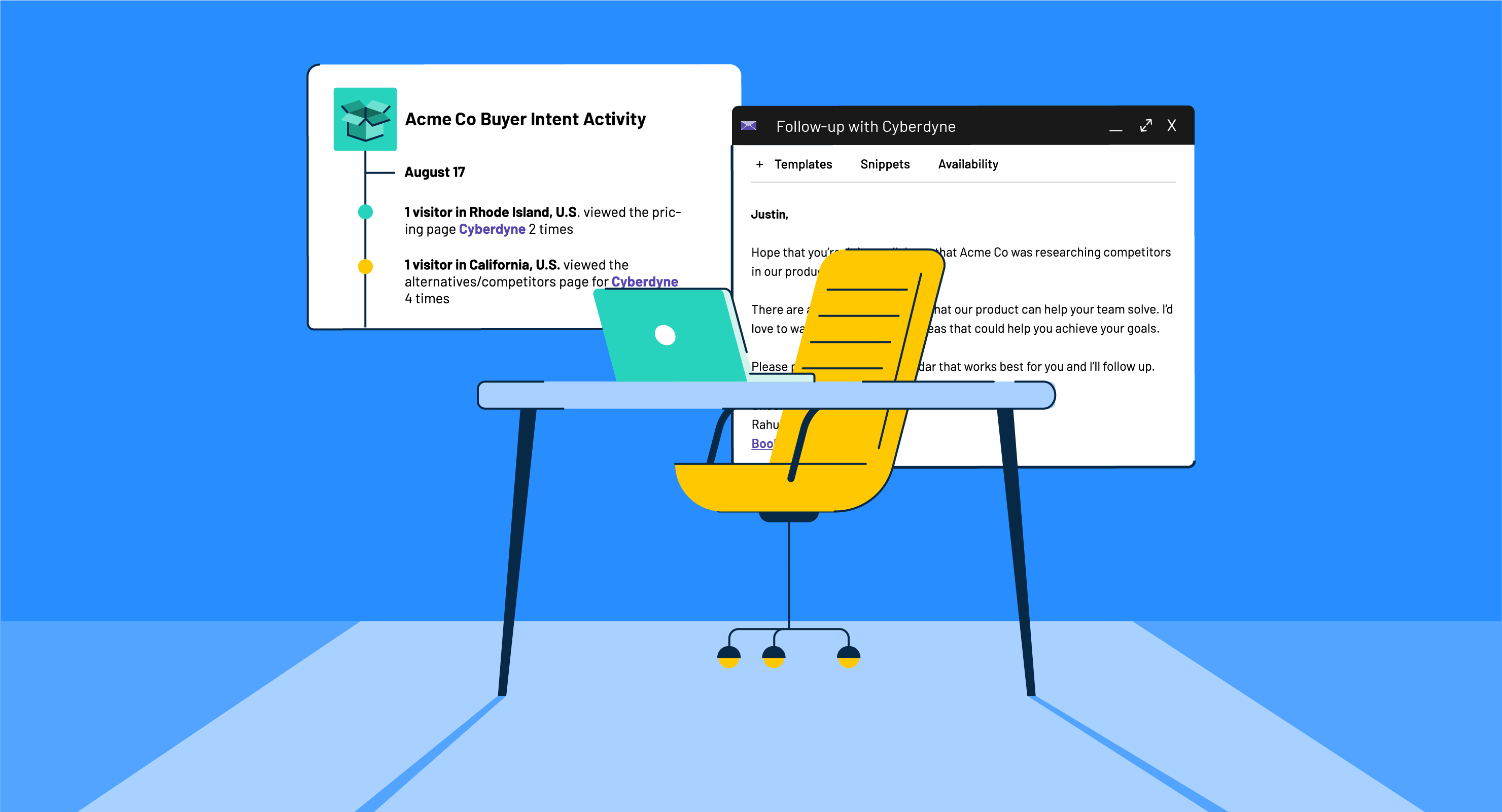They’re at the center of every great relationship (and argument) between sales and marketing.
Salespeople want marketers to generate more of them, and marketers expect sales to convert them faster.
What am I talking about? Leads, of course.
Despite being at the forefront of business growth, leads are often ill-defined. Although the term “lead” may change in meaning across different organizations, it’s important to assign a general definition to avoid any confusion. Failure to do so can often contribute to misalignment between sales, business development and marketing, which can also cause potential gaps in your sales funnel.
So, what exactly is a lead? What does it mean to qualify one?
In this article, we’ll take a look at the different kinds of leads, define them and share best practices for qualifying. After all, what good is a lead if it’s not qualified? Let’s dive in.
¿Quieres aprender más sobre Software de Captura de Clientes Potenciales? Explora los productos de Captura de clientes potenciales.
What is a lead?
Before we get into the details, let’s define the term.
Lead definition
A lead is an individual or organization that has expressed interest in buying what your business is selling.
In short, a lead is a potential customer that has indicated that they are interested in buying from you. In most cases, a lead “raises their hand” to show that they wish to be contacted by submitting their information directly to you. We’ll talk more about this later.
Why are leads important?
It all comes down to the buyer’s journey. By labeling a prospective buyer as a lead, you know exactly what stage of the sales process they are currently in, and what needs to be done to move them further along. The goal of a sales organization is to convert all leads to customers, thereby making a sale and generating revenue for the business.
Types of leads
A lead flows through multiple parts of the sales funnel. For this reason, there are different types of leads based on what stage in the sales process they are in, and whether they have been touched by sales, marketing, or both.
Marketing-qualified leads (MQLs)
At most organizations, one of the main responsibilities of marketing is to generate demand. In other words, their goal is to convert potential buyers to leads. As I mentioned before, for a buyer to become a lead they must indicate interest in your product or service.
There are numerous ways in which a buyer can show interest. Here are a few to consider:
- Signing up for a marketing newsletter
- Downloading gated content, such as reports or templates
- Attending a webinar or other online event
- Filling out a contact form or requesting a product demonstration
When a buyer engages with a company in any of these ways, they are considered to be a marketing-qualified lead (MQL).
Tip: How are your buyers finding you? Expanding your online presence increases your opportunities to gather MQLs. Claim your G2 profile to get in front of more buyers as well as give your current customers a platform to share their insight.
So, your sales funnel is full of MQLs - perfect, right? Actually, not so fast. Just because a buyer has shown interest in your product or service, doesn’t mean that they are a good fit to buy. In other words, MQLs are unqualified.
Sales-qualified leads (SQLs)
That’s where sales and business development come in. Once an MQL is submitted, a sales or business development representative (BDR) will follow-up to make sure the lead is qualified to move forward in the sales process. Once it is determined that they fit the qualifying criteria, the lead is considered a sales-qualified lead (SQL).

Qualifying leads
As I mentioned earlier, not all leads are going to be a good fit to buy. To identify which leads have the highest probability of becoming customers, they need to match certain qualifying criteria. The characteristics that you’re looking for while qualifying a lead will vary based on your target audience. In general, qualifying criteria often include details related to demographics, company size, geographic location, etc.
A widely-used framework for qualifying is called BANT, which stands for budget, authority, needs and timing. These four components encompass the majority of criteria that are necessary for determining if a lead has true potential to become a legitimate sales opportunity. And while it’s not going to be a fit for every sales organization, BANT is a great foundational framework to build your qualifying questions off of.
The best way to qualify a lead is over the phone during a short discovery call. This way, you’re able to have a casual business conversation to get an idea of what they’re most interested in and evaluate if they fit the bill.
Tip: Never read off a list of questions on a qualifying call. It’s important to remember that even though you’re evaluating the buyer, they’re also evaluating you and your business. Make sure the conversation is as natural as possible.
Lead scoring
Since not all leads are of the same quality, salespeople searched for a way to sort through all their leads so they can focus on the ones with the highest potential of buying first. As a result, lead scoring was born.
In short, lead scoring is a methodology used to determine the quality of a lead based on various attributes. First, leads are given a score based on a list of criteria. Then, they are ranked in order of priority based on their score. This method allows for salespeople to focus their efforts on the leads that are the most qualified and have real potential to convert to customers.
A lot of companies still struggle with lead generation and its various tactics. So, lead scoring is especially important when you're thinking about buying lead lists as a last ditch effort.
Perfecting a lead scoring model that works for your sales team is going to be a process of trial-and-error, so it may not be the best fit for every organization. That being said, if the reps on your team often fall into the trap of chasing leads that don’t buy, then adopting this kind of method could have a big impact.
Closing thoughts
Sales and marketing jargon can be complicated, especially when definitions change from one organization to the next. That being said, leads are a major component of a sales funnel and if there’s anything you can do to ensure better alignment between sales and marketing, it starts with properly defining what they are.

Izabelle Hundrev
Izabelle is a Partner Marketing Specialist at InStride and a former content specialist at G2. Outside of work, she is passionate about all things pop culture, food, and travel. (she/her/hers)

